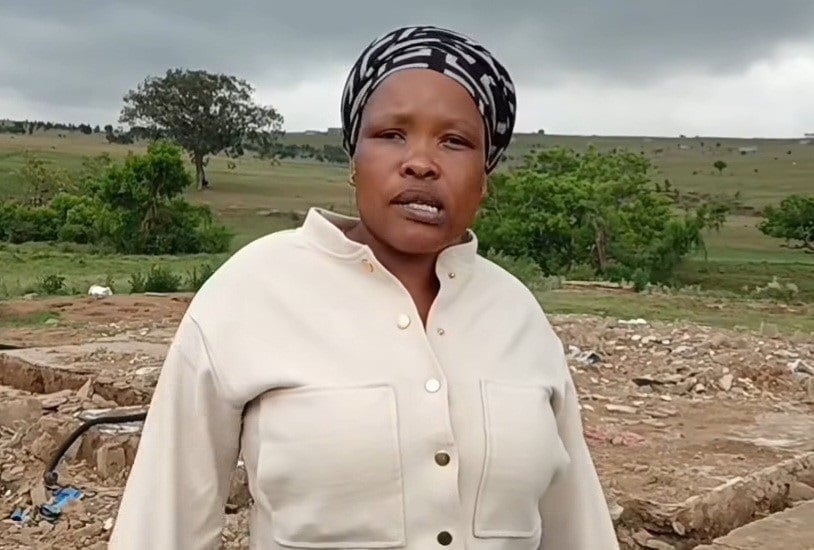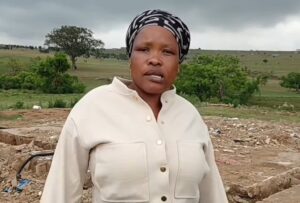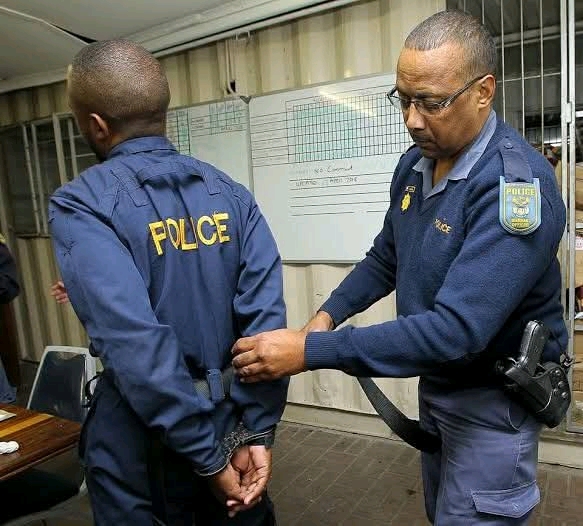
In the wake of the catastrophic floods that struck Mthatha on 10 July 2025, leaving more than 100 dead in the Eastern Cape province, one mother’s search for closure remains painfully unresolved. Nosipho Khosi-Dabane continues to scour the banks of the Mthatha River every day, hoping to find her 13-year-old son, Lusanele Dabane, who was swept away when their home collapsed amid rising floodwaters.

On that fateful night, Nosipho awoke to children shouting that water was entering the house. They rushed outside only to find the floodwaters climbing rapidly. Trapped indoors when the house’s walls gave way, she and her family were swept along in the torrent. In a cruel twist of fate, Nosipho survived — pulled from the water in the Slovo area — but Lusanele and the rest of the family were not so fortunate. Her first child was found on 12 July, the second on 22 July, and her husband on 23 July. But Lusanele remains missing.
It has now been four months, yet Nosipho has not been able to bury her son. Each morning, she rises early to return to the river’s edge, clinging to a faint hope that someone might identify remains and bring closure. “I’m pleading with the people of Mthatha to please help me find my son’s remains,” she says. “If someone finds the remains, they must inform us so the body can be tested to confirm if it’s not my child.”
When questioned by police, Nosipho admitted she has no specific location in mind where her son might be — a fact that hinders any meaningful search effort. Meanwhile, she says she has received almost no ongoing support despite her year-long vigil and repeated pleas. Premier Lubabalo Oscar Mabuyane called her to check up, promised assistance — yet nothing has materialised.
The broader disaster left the Eastern Cape province reeling: thousands of homes were destroyed, vital infrastructure damaged, and for many families like Nosipho’s, daylight brought no respite from grief.
For Nosipho — every day is the same nightmare: waking early, returning to the flood-swept site, and facing the emptiness of her child’s absence. Her quest stands as a heartbreaking reminder of how, for some, the toll of disaster isn’t just the lives lost but the lives suspended in limbo.
In a region still grappling with recovery, the story of this mother underscores the need not just for material rebuilding, but for compassionate, sustained support for the families left behind.




